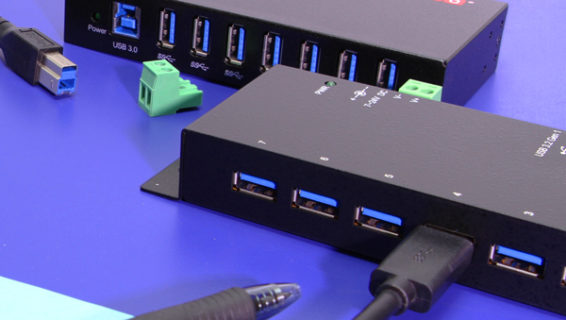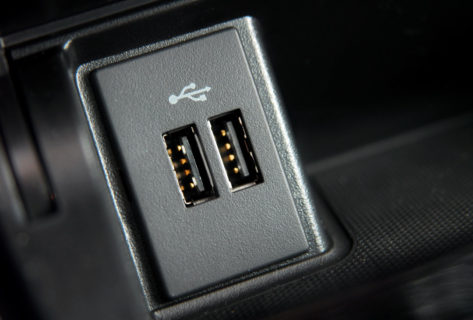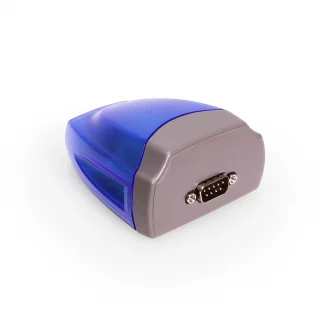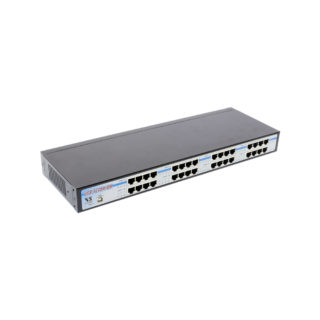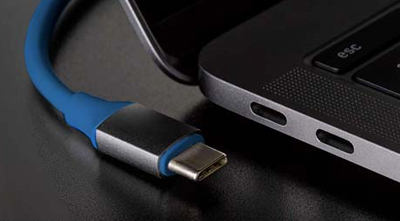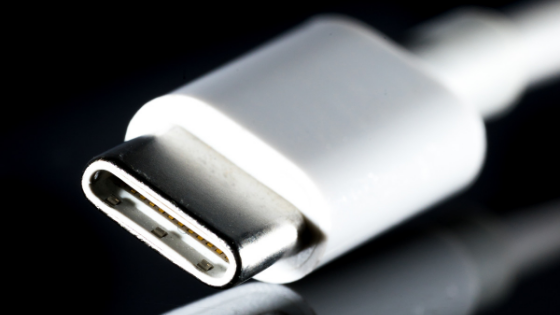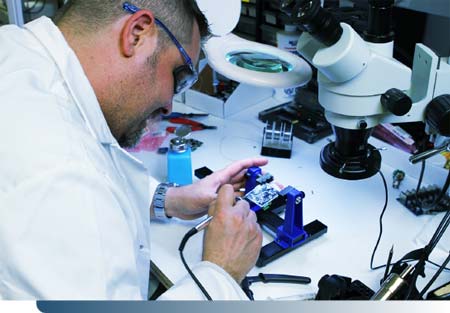USB 3.0 Performance and Speed Variable – Why the Bottleneck?
Although USB technology has reached version USB 3.1 specification, we wonder about the bottleneck issues in data transference as with USB 3.0! Have you noticed your speeds are not quite as fast as you thought they would be? Hopefully we can shed some light on why the bottleneck or slower than expected speeds occur.
There Are Advantages to USB 3.0…
- Speed of 5Gbps data or signaling rate; this in itself is a definite improvement over USB 2.0 High
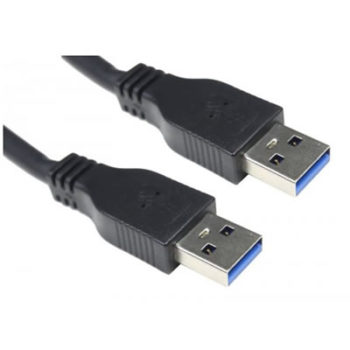
- Wait time reduction has been minimized with Super-Speed.
- Power usage has been optimized by removing device polling and decreasing inactivity powering devices.
- It supports legacy devices requiring USB 2.0 by interacting with USB 2.0 host platforms.
These are significant performance upgrades to the USB 2.0 specification but have you noticed that the boasted 5Gbps data transferring never really reaches 5Gbps? Here is where the bottleneck and speed confusion comes into play, we know that the USB 3.0 specification has a theoretical bandwidth of 625 Mbps based on a 5GB data transfer rate, however, there’s a little thing called encoding that brings the USB 3.0 expected bandwidth down to about 500Mbps, that happens to be a 20% decrease of the expected performance!
What do I mean by encoding? To keep it simple, the USB 3.0 interface still needs to translate your information so it uses a line code (or Symbol Code) that takes up approximately 8 to 10 bits of processing. The translations are symbols that balance out the clock recovery variable in the transmission of data. There are a number of other variables including link flow control, packet structuring, and overhead protocols, these additional variables drag your expected performance down even lower than the 500Mbps mentioned above.
Don’t Count USB 3.0 Out!
Let’s not discount USB 3.0 from this information, with its bottlenecking issues; it is still significantly faster than its predecessor specification when connected to the proper host and peripheral.
There many PC manufactures that incorporate USB 3.0 technology into their systems, the difference between them is that not all computer manufacturer’s use the same motherboard or processors, this is not a standard but more proprietary to the manufacturer for competitive reasons on the computer market. Studies have shown that there is a definite inefficiency in the way that different motherboard controllers such as interrupts, isochronous functions, and bulk-only transporters effect overall performance of USB 3.0.
When USB 3.0 Isn’t USB 3.0
This title above may be a little confusing but what this means is that USB 3.0 in all its technological advances over USB 2.0 isn’t going to have the speed you want if your computer or peripheral isn’t capable of that speed. This is where USB 3.0’s backward compatibility comes in, if you are using a USB 2.0 product and your host port connection is USB 3.0, you will get USB 2.0 High Speed Data from it because the device is simply not capable of achieving a 500Mbps. USB 3.0 hubs with USB 2.0 peripherals connected to them will not process information beyond their USB 2.0 specification capability.
Note: It is important to note as commercial and industrial companies that when looking at USB speeds that only USB 3.0 host connections with USB 3.0 peripherals whether it’s a direct connection or through a USB 3.0 hub, will produce the estimated Super-Speed of USB 3.0.



